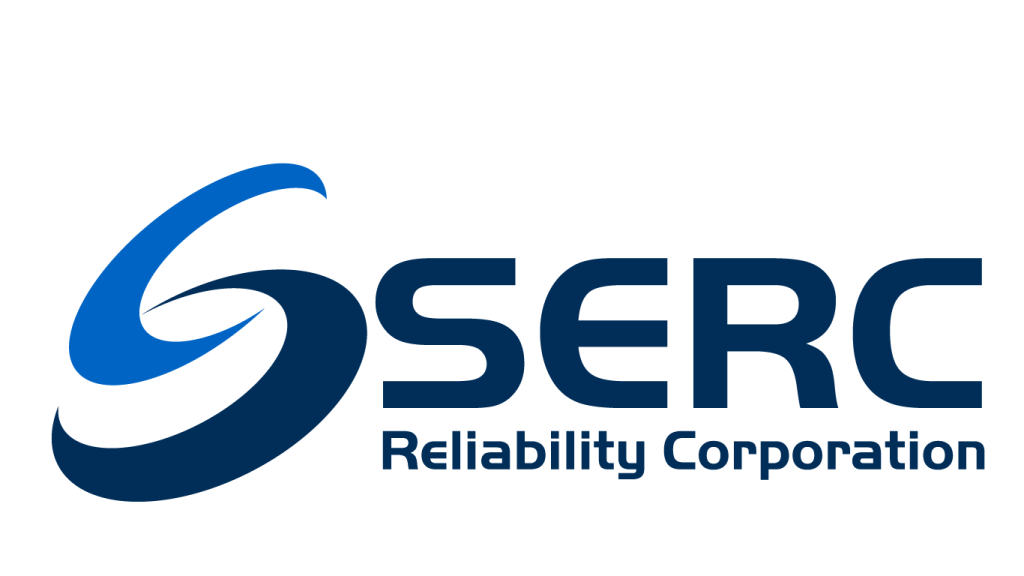Risk Management
SERC’s Risk Management staff engages with registered entities to promote and improve the reliability, adequacy, and critical infrastructure of the Bulk-Power System (BPS) by bridging the gaps between reliability and compliance through effective application of compliance tools and processes.
The Coordinated Oversight Program is designed to streamline risk assessment, compliance monitoring and enforcement, and event analysis activities for the registered entities that use, own, or operate assets in areas covering more than one Regional Entity’s territory. Additional information is available on the Coordinated Oversight (MRRE) page.
Explore Compliance Pages
Compliance Monitoring
Coordinated Oversight
Technical Feasibility Exception
Risk Awareness & Oversight
Assessment & Self-Report
Enforcement
Registration & Certification
Risk Assessment and Mitigation (RAM)
The functional group within SERC’s Risk Management organization is responsible for the Compliance Assessment, Self-Logging, Self-Report and Mitigation activities.
Compliance Assessments
Compliance Assessments (CA) are used to determine if a failure to comply with a NERC Reliability Standard precipitated or exacerbated an Event. VIEW DETAILS
Self-Logging
Self-logging is open to all registered entities that qualify. If SERC approves a registered entity for self-logging, the entity may submit the findings as self-logged in Align as they are identified. Self-logged minimal risk issues are presumed to be appropriate for disposition as Compliance Exceptions.
To apply for the Self-Logging Program, interested registered entities should complete the Entity Request for Evaluation of Eligibility for Self-Logging Privileges application, and submit it to SERCComply@serc1.org (mailto:SERCComply@serc1.org). During the application process, the registered entity must provide detailed information regarding its ability to identify noncompliance and risks to reliability in general, assess the risk posed by identified issues, and implement and track corrective actions. SERC also considers other relevant factors that are explained in more detail in the application and SERC’s Procedure for Self-Logging Minimal Risk Instances of Noncompliance
After evaluating a registered entity’s application, SERC provides the registered entity with a report detailing the basis for granting or denying self-logging privileges. SERC may grant self-logging privileges on a requirement-by-requirement basis, or by program (i.e., Critical Infrastructure Protection or Operations and Planning). The SERC report also provides feedback on how the registered entity can gain the ability to Self-Log, if initially denied, including the considerations that led to denial.
If SERC grants self-logging privileges, SERC provides training in risk assessment to the registered entity. In addition, a registered entity granted self-logging privileges is required to create, train appropriate staff on, and maintain an internal self-logging procedure that governs the creation, maintenance, and submittal of logs to SERC.
Self-Reporting
Registered entities are encouraged to self-report and mitigate Possible Noncompliances as soon as they are identified. Self-reporting is a characteristic of an effective Internal Compliance Program and can demonstrate effective internal controls. Prompt mitigation decreases any increased risk to reliability caused by the violation. Both self-reporting and prompt mitigation are considered when SERC staff determines the appropriate disposition method and any sanction or penalty for a violation.
If an issue of noncompliance is identified, RAM staff assesses the scope of the noncompliance, cause of the noncompliance, and the risk imposed to the BPS. VIEW DETAILS
For additional information and training resources related to specific standards and requirements, please visit SERC’s Resource Library
Sign Up For Our Newsletter
Zoombombning operakrati perosmos retronym postvalens antropofili ontotion ifall vobba primagraf endotris, operaosmos i antition

Compliance Assessments
Compliance Assessments (CA) are used to determine if a failure to comply with a NERC Reliability Standard precipitated or exacerbated an Event. VIEW DETAILS
